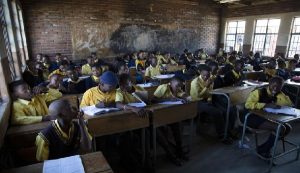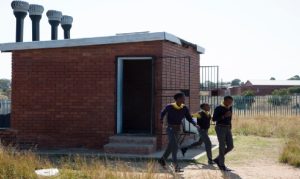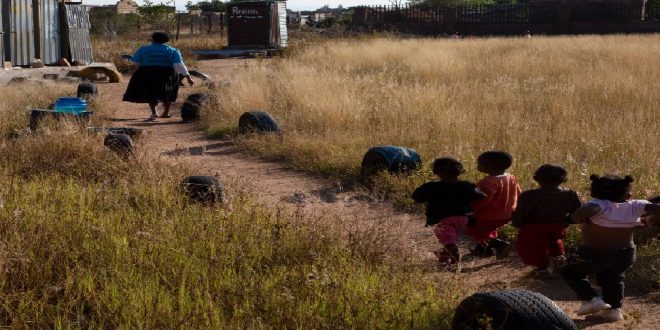23-05-2023
PRETORIA: At a high school in rural northern South Africa, more than 300 students and their teachers share three toilets, and that woefully lopsided figure is not the worst problem.
The three toilets are pit latrines, effectively 10-foot-deep (3-metre) holes in the ground that students line up during a lunch break to use.
 The pit toilets at Seipone Secondary School in the village of Ga-Mashashane at least are covered by white toilet seats and enclosed by brick structures. Some of the pit toilets still used at more than 3,300 schools in poor, mostly rural areas across South Africa are not.
The pit toilets at Seipone Secondary School in the village of Ga-Mashashane at least are covered by white toilet seats and enclosed by brick structures. Some of the pit toilets still used at more than 3,300 schools in poor, mostly rural areas across South Africa are not.
It is a shameful situation for a country referred to as the most developed in Africa, and an indicator of its profound problems with poverty and inequality, say human rights groups pushing the South African government to do away with the sub-standard facilities in schools forever.
Unhygienic, the latrines also present a much more direct danger.
In January 2014, James Komape at the nearby Chebeng village, received a phone call asking him to rush to his five-year-old son’s pre-school. The little boy, Michael, was found dead, drowned at the bottom of a pit latrine. Michael’s body had not even been removed from the pool of water mixed with faeces and urine at the bottom of the pit he fell into when his father got there.
“What hurt me a lot about Michael’s incident is that the people who were there saw that he had fallen in the toilet, but they did not remove him,” said James Komape. “They said they were waiting for the responsible authorities to come and remove him. I told them that if they had removed him quickly maybe he could have survived.”
 It was Michael Komape’s first week at a new school and his death incensed many South Africans. His family took the Limpopo province’s education department to court and was awarded 1.4 million Rands ($72,644) in damages. Later, court orders compelled the South African government to urgently address the issue of pit toilets in schools.
It was Michael Komape’s first week at a new school and his death incensed many South Africans. His family took the Limpopo province’s education department to court and was awarded 1.4 million Rands ($72,644) in damages. Later, court orders compelled the South African government to urgently address the issue of pit toilets in schools.
Other small children have also drowned in pit latrines in the near-decade since, one girl as recently as last month and another boy in March. There are no reliable figures to say how many children have lost their lives in pit toilets.
The latrines, which have an outlet that is used to drain them periodically, are cheaper and more practical for poorer schools because they do not rely on a constant supply of running water.
At the Jupiter Pre-School and Creche in the same Limpopo province where Michael died, children as young as three are still using pit toilets that have no proper seat but rather a hole carved out of a concrete slab that opens to the pit below.
“These are not good because of possible accidents of children falling in the toilet,” the school’s manager, Florina Ledwaba, said. “We have to follow them (the children) every time. What if they go without you seeing them? They are not safe at all.” (Int’l News Desk)
 Pressmediaofindia
Pressmediaofindia




